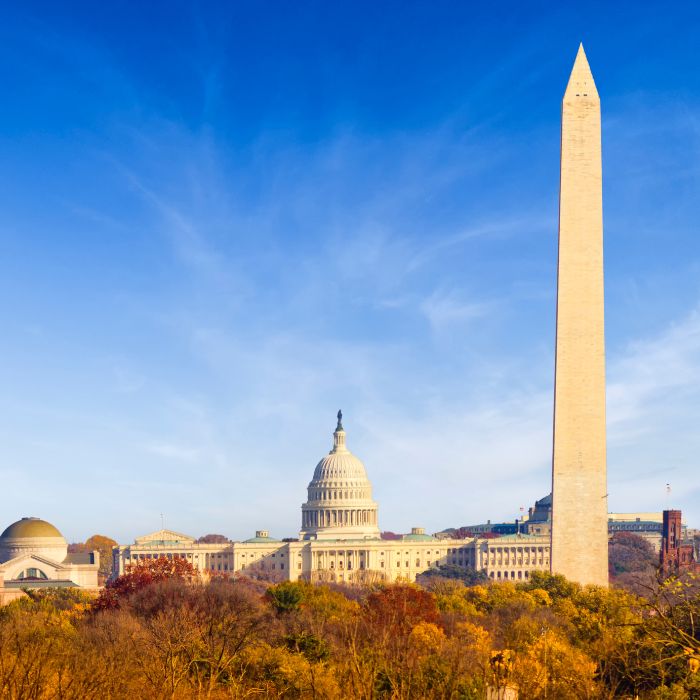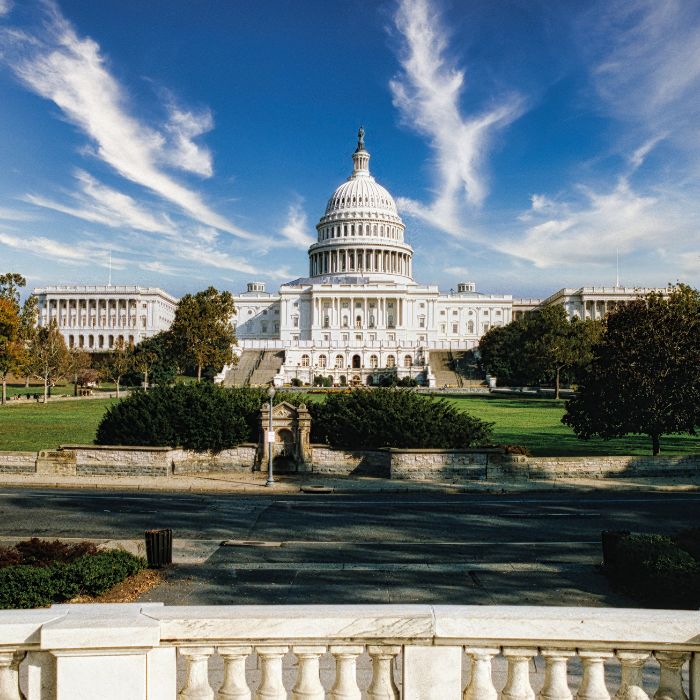Despite EB-5 Retrogression for Indian Nationals, EB-5 Regional Center Program Provides a Promising Pathway
March 21, 2023

Country / Territory
Related contacts
Related offices
Related contacts
Related offices
Related contacts
Related offices
By: Rahul Soni
The U.S. Department of State’s monthly Visa Bulletin controls and announces the availability of immigrant visas, applicable to intending immigrants of the United States based on country of birth. When the monthly visa bulletin is published, individuals who wish to file an adjustment of status application or process their permanent residency from overseas must first determine if there is an immigrant visa “available” to them at that time. For EB-5 investors, an investor must first file an underlying I-526 petition to be assigned a “Priority Date,” or place in line.
All terminology aside, the Visa Bulletin represents more than just a “number” of available immigrant visas. Practically, the Visa Bulletin carves out a timeline for EB-5 investors to attain permanent residency for themselves and their immediate families. Historically, the EB-5 program has provided quicker pathways for certain immigrants of backlogged countries. Specifically, Indian nationals who have often been subjected to over a decade of “wait time” in EB-2 and EB-3 categories have turned to EB-5 to pursue faster green cards.
When the EB-5 Regional Center Program was re-authorized by Congress in March 2022, there was once again hope for Indian nationals, among others, to pursue EB-5 green cards as indirect investors. Further, the re-authorization of the program provided something new: three “set-aside” designations to allow for expeditious processing and potentially reduced backlogs. The set aside categories afforded an allocation of 20% to initial investments in rural projects, 10% to high unemployment area projects and 2% to infrastructure projects.
The March 2023 Visa Bulletin shows a 16-month retrogression for Indian nationals in the EB-5 unreserved visa category (for general EB-5 Regional Center Program investments). However, there is still a promising pathway for Indian nationals. In fact, there is an encouraging pathway for everyone. The set aside categories remain current across the board.
Further, at Fragomen, our clients are working with regional centers that are developing projects that fall under the rural and high unemployment categories to allow better and quicker pathways for all EB-5 investors. Looking ahead to the immediate future, we predict that the set aside categories will remain current; as such, we encourage interested applicants to pursue investments in set aside-classified projects, so they can quickly lock their place in line in pursuit of quicker permanent residency solutions.
Need to know more?
For further information on the EB-5 Regional Center Program, please contact Partner Rahul Soni at [email protected].
This blog was published on March 21, 2023, and due to the circumstances, there are frequent changes. To keep up to date with all the latest updates on global immigration, please visit our dedicated COVID-19 site, subscribe to our alerts and follow us on LinkedIn, Twitter, Facebook and Instagram.
Country / Territory
Related contacts
Related offices
Related contacts
Related offices
Related contacts
Related offices
Explore more at Fragomen

Media mentions
Partner K. Edward Raleigh commented on proposed changes to US entry requirements.

Video
Business Immigration Consultant Marisa Gizzi from Fragomen explains everything about the Schengen C Visa: who needs it, how to apply and key travel tips to stay compliant in the Schengen Area.

Media mentions
Partner Rick Lamanna discussed Canada’s $1B plan to attract global researchers.

Blog post
Manager Alex Hood, Senior Associate Kimberley Ong and Immigration Paralegal Ataa Rajput explain the final extension and settlement deadlines for UK Tier 1 Investor visa holders and outline who can still qualify and why early action is essential.

Media mentions
Partner K. Edward Raleigh on how the $100K H‑1B fee factors into hiring international talent.

Media mentions
Managing Director Magdalene Tennant and Director Kitty Lo highlight Hong Kong as an attractive destination for global investors.

Blog post
IPM Business Process Manager Hazel Yaman outlines key visa, work authorisation and border considerations for athletes, media, event staff and spectators travelling to Italy for the Milan–Cortina 2026 Olympic and Paralympic Winter Games, including the impact of the EU’s new Entry/Exit System.

Media mentions
Corporate Services Director Elena Caron highlights key considerations for UK nationals moving to the UAE.

Media mentions
Associates Charlotte Roberts and Karina Casey highlight how the UK’s earned settlement proposal may influence global talent and HR planning.

Media mentions

Blog post
Associate Alejandro Hernandez analyses new F and J visa screening practices, including social media vetting by US consulates and proposed DHS changes that could significantly alter admission periods for students and exchange visitors.

Awards
Fragomen Ireland is accredited with IBEC’s KeepWell Mark™, recognizing the practice’s commitment to wellbeing, inclusion and responsible business.

Media mentions
Partner K. Edward Raleigh commented on proposed changes to US entry requirements.

Video
Business Immigration Consultant Marisa Gizzi from Fragomen explains everything about the Schengen C Visa: who needs it, how to apply and key travel tips to stay compliant in the Schengen Area.

Media mentions
Partner Rick Lamanna discussed Canada’s $1B plan to attract global researchers.

Blog post
Manager Alex Hood, Senior Associate Kimberley Ong and Immigration Paralegal Ataa Rajput explain the final extension and settlement deadlines for UK Tier 1 Investor visa holders and outline who can still qualify and why early action is essential.

Media mentions
Partner K. Edward Raleigh on how the $100K H‑1B fee factors into hiring international talent.

Media mentions
Managing Director Magdalene Tennant and Director Kitty Lo highlight Hong Kong as an attractive destination for global investors.

Blog post
IPM Business Process Manager Hazel Yaman outlines key visa, work authorisation and border considerations for athletes, media, event staff and spectators travelling to Italy for the Milan–Cortina 2026 Olympic and Paralympic Winter Games, including the impact of the EU’s new Entry/Exit System.

Media mentions
Corporate Services Director Elena Caron highlights key considerations for UK nationals moving to the UAE.

Media mentions
Associates Charlotte Roberts and Karina Casey highlight how the UK’s earned settlement proposal may influence global talent and HR planning.

Media mentions

Blog post
Associate Alejandro Hernandez analyses new F and J visa screening practices, including social media vetting by US consulates and proposed DHS changes that could significantly alter admission periods for students and exchange visitors.

Awards
Fragomen Ireland is accredited with IBEC’s KeepWell Mark™, recognizing the practice’s commitment to wellbeing, inclusion and responsible business.


